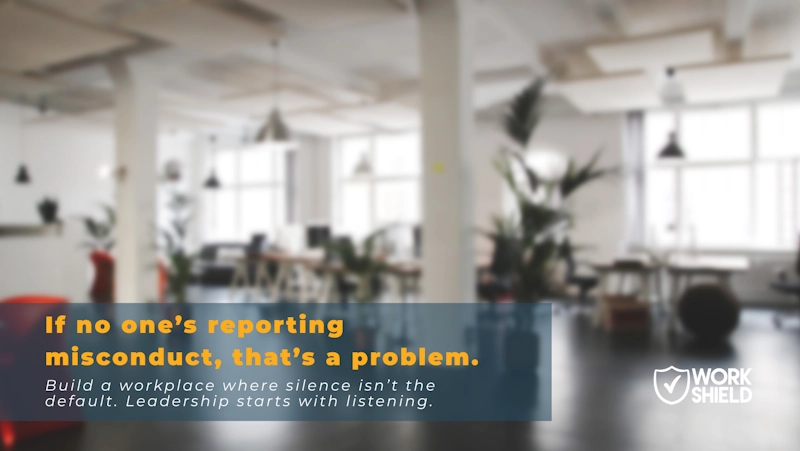Often referred to as an “epidemic”, workplace toxicity, or disrespectful, discriminatory or hostile behavior, can be extremely harmful to employees and their respective organizations. Stress from toxicity weakens organizational culture and causes burnout, which leads to long-term damage to an organization’s reputation and bottom line, proving that the high cost of a toxic workplace culture cannot be ignored.
The Implications of a Toxic Workplace Culture
As 64% of employees have experienced toxic workplace cultures, which have even been linked to physical health issues such as heart disease and cancer, it’s more important than ever to prioritize and maintain a healthy and enjoyable employee experience. Throwing off work-life balance, signs of a toxic workplace culture such as office gossip, a lack of boundaries, low morale and distrust can reduce productivity – with affected individuals becoming 20% less productive in comparison to fulfilled employees. Additionally, increased voluntary turnover and burnout are common, as the daily toll of toxicity can quickly become unbearable. These implications alone show the importance of fostering safe and welcoming environments of mutual respect where toxic communications and behaviors are not tolerated and where individuals responsible face consequences for their actions.
The Financial Risks of Workplace Toxicity
Without effective leadership and a misconduct management solution in place, organizations also risk hefty financial risks, with the average amount to litigate, defend, and settle a single claim being $160,000 and the economic toll of workplace toxicity expected to be nearly $50 billion in the U.S. alone. When an organization’s reputation is on the line due to claims of harassment and toxicity, it hurts current stakeholder relationships and impacts future business, blindsiding organizations and hurting their bottom line. Also, indirect and not often discussed costs of toxicity, such as rushing to hire after voluntary turnover, can make employers overlook important qualifications of candidates and potentially add to pre-existing toxicity within an organization – making it exponentially harder to reverse.
Investing in Third-Party Misconduct Management Solutions
To safeguard workplace culture and an organization’s bottom line, employers should invest in a third-party misconduct management solution to fully address issues and encourage employees to report future instances of toxicity they experience and/or witness. Solutions such as Work Shield allow employees to feel heard, ensuring employers appropriately deal with toxicity to protect both their employees and maintain organizational reputation. Through solutions such as Work Shield, employers can be more strategic and have a comprehensive understanding of cultural health, in turn, reducing future instances, and the corresponding costs, of toxicity.





